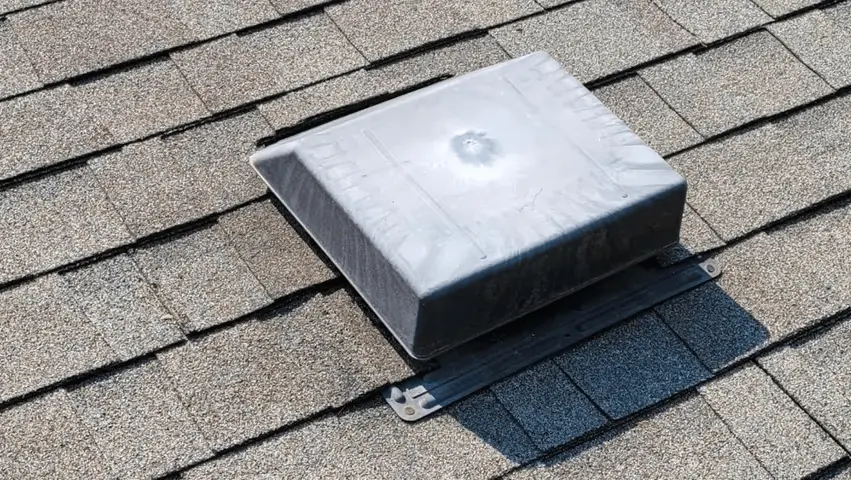A roof is an integral part of any building, and proper ventilation is essential to maintain its longevity and efficiency. Vents play a vital role in maintaining a healthy roof, allowing proper air circulation and preventing damage caused by excess moisture. In this article, we’ll discuss the various types of vents on roofing, their benefits, and installation methods.
Ridge Vents
Ridge vents are one of the most common types of vents used in roofing. They are installed at the peak of the roof and allow hot air to escape from the attic. Ridge vents are effective in reducing heat buildup, which can damage the roof and increase energy costs. They also prevent the formation of ice dams, which can cause significant damage to the roof during winter.
Ridge vents are installed by cutting a gap along the entire length of the roof’s peak and installing a vent cover. The cover is designed to blend in with the roof’s shingles and allow air to escape without allowing water or debris to enter.
Gable Vents
Gable vents are installed on the side of the roof and allow hot air to escape from the attic. They are designed to complement the roof’s architecture and provide adequate ventilation. Gable vents are available in various shapes and sizes and can be made from different materials such as wood, vinyl, or aluminum.
Installing gable vents involves cutting a hole in the side of the roof and securing the vent cover. The cover should be placed high enough to prevent water from entering during heavy rain or snow.
Soffit Vents
Soffit vents are installed under the eaves of the roof and allow cool air to enter the attic. They are designed to work in conjunction with ridge vents or gable vents to provide adequate ventilation. Soffit vents are available in different shapes and sizes and can be made from various materials such as aluminum or vinyl.
Installing soffit vents involves cutting a hole in the soffit and securing the vent cover. The cover should be placed away from any potential obstructions such as pipes or wiring.
Turbine Vents
Turbine vents are installed on the roof and use wind power to draw hot air out of the attic. They are designed to be efficient in reducing heat buildup and require no electricity to operate. Turbine vents are available in various sizes and designs and can be made from different materials such as aluminum or steel.
Installing turbine vents involves cutting a hole in the roof and securing the vent cover. The cover should be placed away from any potential obstructions and angled towards the prevailing wind direction.
Static Vents
Static vents are installed on the roof and allow hot air to escape from the attic. They are designed to be low-profile and blend in with the roof’s shingles. Static vents are available in various sizes and designs and can be made from different materials such as aluminum or copper.
Installing static vents involves cutting a hole in the roof and securing the vent cover. The cover should be placed away from any potential obstructions and angled towards the prevailing wind direction.
Proper ventilation is crucial for maintaining the health and longevity of a roof. Choosing the right type of vent for your roofing system is important in ensuring adequate ventilation. Ridge vents, gable vents, soffit vents, turbine vents, and static vents are some of the most common types of vents used in roofing. Installing vents requires careful planning and adherence to manufacturer instructions to ensure optimal performance. By providing proper ventilation, you can protect your roof from damage and save on energy costs in the long run.





